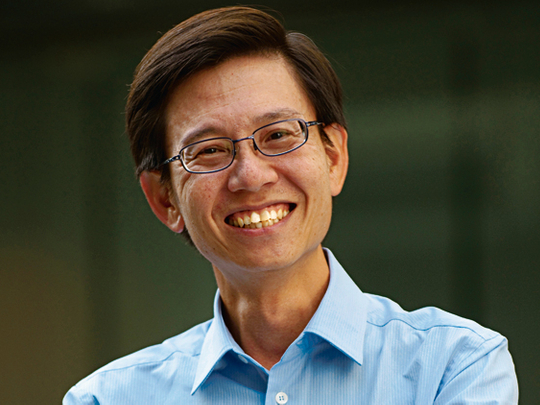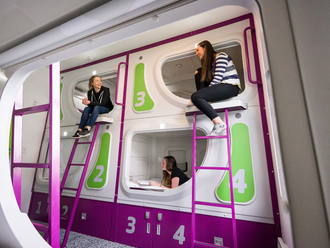
Singapore's famed Urban Redevelopment Authority (URA) is often called upon to share its planning expertise worldwide. URA Chief Planner and Deputy Chief Executive Officer (Planning), Lim Eng Hwee, pictured, talks to Sona Nambiar.
How does Singapore implement new urbanism within its limited boundaries?
We adopt a comprehensive planning process as a necessity to optimise use of our land. As a city-state of just 710 square kilometres, we have to consider not just housing and commercial activities, but also the needs of a nation such as airports, sea ports, and major utilities. We also need to provide sufficient land for economic growth and future development.
Is it a good idea to create mixed-use hubs outside the city as standalone units?
There is demand for space for businesses in other locations. Hence, outside the city, we have planned for a hierarchy of mixed-use hubs to cater to different business needs, thus reducing travel into the city centre, especially during peak hours.
How do you work with stakeholders to ensure return on investment?
Beyond putting in place hardware and infrastructure, we are going into a softer aspect of planning — place management, which is about working with stakeholders to organise events and to position, promote and market the district they have a stake in. Examples include the annual Marina Bay Singapore Countdown, the Singapore Formula 1TM Grand Prix and Singapore Biennale.
What are URA's plans for 2011 and beyond?
Later this year, we will see the opening of the Gardens by the Bay, which will offer a lush green experience in the heart of the city. We are currently developing Jurong Lake District, a new commercial hub in the western part of the island [that will] transform Jurong with an eclectic mix of office, retail, residential, hotel, entertainment, F&B and so on, creating extra buzz in that part of Singapore.
Singapore is often asked to advise on the creation of new cities. Can you elaborate?
We have partnered China to jointly plan and develop two major township projects in two cities, namely the Suzhou Industrial Park and the Sino-Singapore Tianjin Eco-city. Our experience overseas includes projects in China, India, and South Africa. In the Middle East, URA has collaborated with the Abu Dhabi and Qatar governments on various projects, including the Al Wakra Downtown project in Qatar.
In the region
Singapore's architects have had great success in the Middle East. When UAE developer Emaar wanted to create the world's largest mall, they brought in DP Architects, the country's biggest practice. "We exported our expertise for the completion of the Dubai Mall, which has become the benchmark for the international retail industry," says May Chan, the firm's Associate Director. It now has clients in Egypt, Jordan, Syria, Morocco, Algeria and Qatar, including a Dh6-billion retail complex for Doha Festival City.
Likewise with Surbana International Consultants, the former technical arm of Singapore's Housing and Development Board, which is working on projects such as Al Khor and Al Wakra in Qatar. Jeff Greig, GM (Qatar) and Director of Business and Project Operations, points to the importance of context: "We often engage local experts to advice on specific aspects such as local culture, history or architectural design to ensure that our plans are relevant to the local context."








